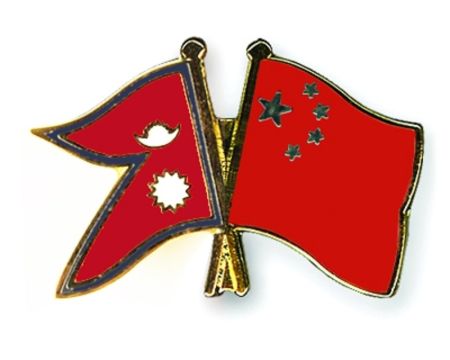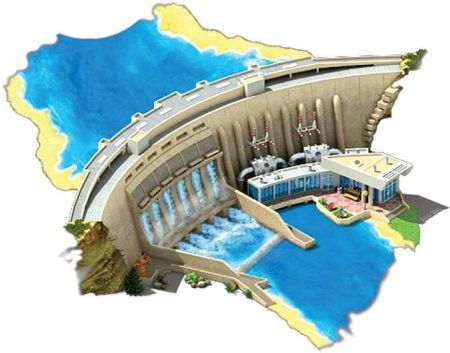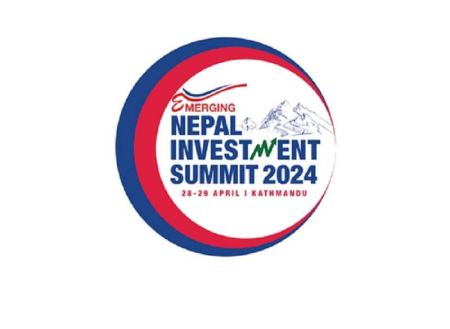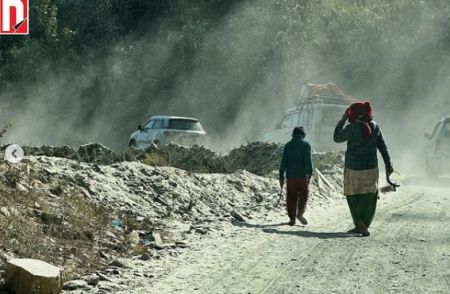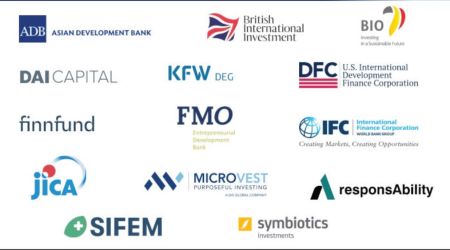
A long-term vision for the Nepali Manufacturing Sector, known as vision 2020, prepared jointly by Nepal government, UNDP and UNIDO in 2002 had proposed to pursue a two-pronged industrialization strategy aimed at rural, agro-based industrialization, and formal urban-based industrial development. But a decade down the lane, nothing seems to be moving to the vision encapsulated then. The strategy proposed then as prioritising export-oriented labour-intensive manufacturing industries and tourism-related exotic products, where Nepal already enjoys considerable comparative advantage, still sounds equally relevant (see box for 2020 goals). But its proposal of raising the contribution of the sector to GDP from 10 to 20 per cent by 2020 appears highly unrealistic given its contribution of just about 7 per cent of GDP in FY 2010/11. From national economic standpoint, manufacturing has universally accepted double-edged goals -- consumption and/or exports. As Nepal is way below in meeting her consumers demand on virtually all sorts of items, and has equally good potential for export of various products, Nepalâ's manufacturing prospects, at least in theory, are truly bright.
It is because Nepali productions can replace the import in the domestic market and also have scope of export to rapidly growing neighbouring markets of India and, also China. Although the import to export trade ratio of Nepal in terms of value stands at 7:1, some of the Nepali produce like iron and steel products, acrylic yarn, hand-made woolen carpets, readymade garments and tea and coffee are faring well in international markets.

The history of manufacturing in Nepal is not very long. The Nepal Companies Act, 1936 provided basis for incorporation of industrial enterprises which in fact had provisions for joint-ventures and public sector industries. The most tangible outcome of this Act was establishment of Biratnagar Jute Mills, a collaborative venture of Indian and Nepalese entrepreneurs. The Mill is considered first manufacturing unit of industrial scale in Nepal. But the said Act had no provision for private limited companies until it was reformed in 1951.
This new act encouraged the establishment of ninety-two new private joint stock companies between 1952 and 1964. The Industrial Enterprises Act of 1974 enacted in the heydays of panchayat polity also recognized role of the private sector in the industrial growth. But the panchayat regime continued the policy of protecting the public sector production over the private one, which in fact constricted the desired growth of the sector. Establishment of about a dozen industrial estates including at Patan, Balaju, Hetauda, Pokhara, Dharan, Butawal, and Nepalganj in the 1980s certainly contributed to create an organized industrial atmosphere. Several modern industries with large manufacturing plants to produce jute, sugar, cigarettes, beer, matches, shoes, chemicals, cement, and bricks were installed. The garment and carpet production units in much diffused fashion spread in the Kathmandu valley and surrounding areas, targeted at export production. By the end of last fiscal year, number of manufacturing units registered under the Department of Industries has crossed well above 2,000. This not only shows that investment and industrialization has expanded but also that the internal market of Nepali products has grown substantially. Of late, private sector investment in manufacturing of cement, sugar and items of daily use has increased significantly. Western district of Dang is developing as the ‘cement city’ as at least a half-dozen large cement companies are all set to begin production pretty soon. Many would like to categorize the hydropower units also as manufacturing. In that case, it can be claimed that Nepal’s manufacturing sector has been able to attract quite large amount of investment, mainly from the private sector. Still, very weak positioning of Nepali exports --due to lack of diversification, market research and identification
and, choice of low-value high-volume products -- has not been helpful for both manufacturing and trade balance. The share of main Nepali export in the global market has been limited in quantity and value, and thus been unable to create their own sectoral economies of scale. The policy conundrum is still a major bottleneck. In many sectors, public enterprises continue to play dominant role which is very often than not inviting unfair market play by government intervention. Price distortion is the major resultant effect that in turn is discouraging the private sector investment, at least in the sectors where the government is directly involved. Recent successive governments with mainly socialist tilts have made the situation even more confusing, as their policies lacked clarity in private property, entrepreneurship and profit making.
Even beyond political spectrum, challenges of facilitating the growth of manufacturing sector are many. On the supply side, Nepal’s physical infrastructure, especially electricity supply, roads and use of up-to-date technology are inadequate to support a modern manufacturing sector so that it becomes capable of quickly responding to trends in world market demands for manufactured products. As the newest problem, lack of manpower is another bottleneck due to labour migration to foreign countries. Departing from a conventional thinking, identifying afresh new niche and competitive products is also a striking need of the day. Strategies for trade, policies and investment can follow.






